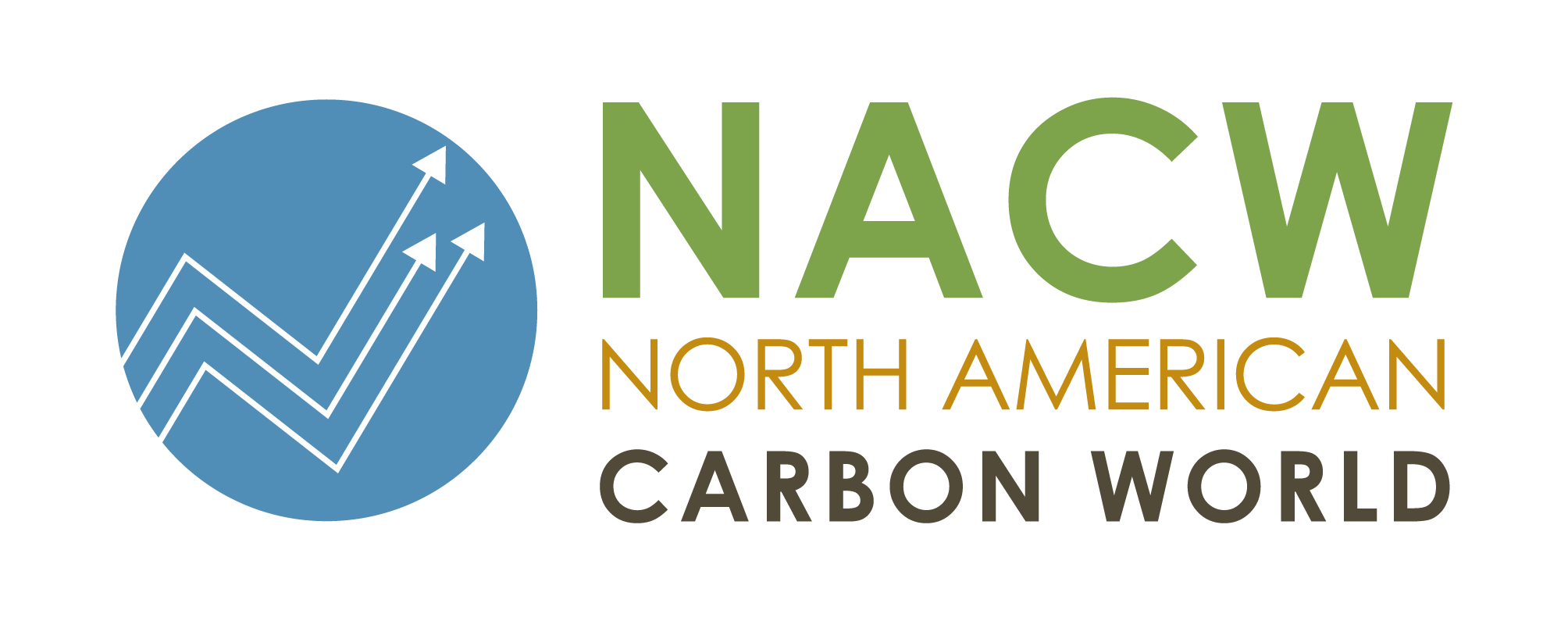Urban Forest Project Protocol Version 1.1 is now available
Forest Landowner Workshop Seattle, Washington
Title: Forest Landowner Workshop Seattle, Washington
Location: Seattle, WA
Link out: Click here
Description: March 31, 2010 9:00am
Washington Mutual Foundation Meeting Room
Seattle Public Library
1000 Fourth Ave., Seattle, WA 98104-1109
(The Library is closed to the public until 10:00AM, so attendees must use Special Events Entrance on Fourth St.)
Start Time: 09:00
Date: 2010-03-31
End Time: 17:00
Forest Landowner Workshop Russellville, Arkansas
Title: Forest Landowner Workshop Russellville, Arkansas
Location: Russellville, Arkansas
Link out: Click here
Description: Forest Landowner Workshop Russellville, Arkansas
Start Time: 08:45
Date: 2010-04-01
End Time: 13:00
Forest Landowner Workshop Raleigh, North Carolina
Title: Forest Landowner Workshop Raleigh, North Carolina
Location: Raleigh, North Carolina
Link out: Click here
Description: Forest Landowner Workshop Raleigh, North Carolina
Start Time: 09:00
Date: 2010-05-21
End Time: 13:00
Forest Landowner Workshop Augusta, Maine
Title: Forest Landowner Workshop Augusta, Maine
Location: Augusta, Maine
Link out: Click here
Start Time: 09:00
Date: 2010-06-07
End Time: 13:00
Forest Landowner Workshop Seattle, Washington
Title: Forest Landowner Workshop Seattle, Washington
Location: Seattle, WA
Link out: Click here
Description: Forest Landowner Workshop Seattle, Washington
Start Time: 09:00
Date: 2010-03-26
End Time: 13:00
Workshop on California Forest Practice Rules scheduled for March 18
Reserve President delivers comments before ARB
Climate Action Reserve President Gary Gero delivered comments at the Board meeting of the California Air Resources Board February 25. His full comments are available here.




